To clarify the new contents related to the geological section included in the Draft Law on Geology and Minerals (Draft), reporters of the Natural Resources and Environment Newspaper had an interview with Mr. Tran Binh Trong - Director of the Vietnam Geological Department.
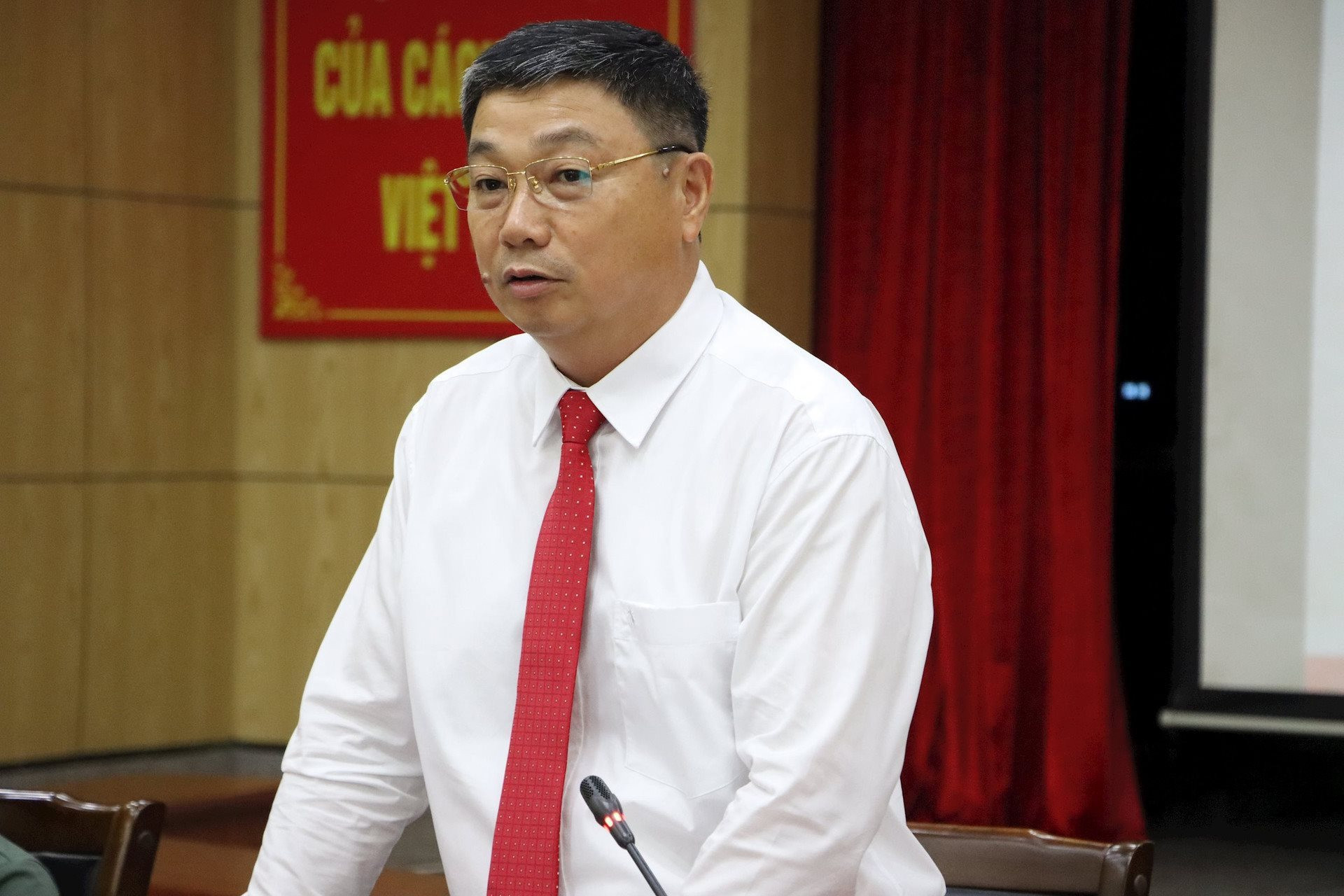
PV: Sir, can you list the outstanding results in the field of geology after 13 years of the 2010 Mineral Law coming into effect?
Mr. Tran Binh Trong: After 13 years of implementing the 2010 Mineral Law, the work of basic geological survey of minerals has achieved many outstanding results. Regarding the work of geological mapping and mineral survey at a scale of 1:50,000 on the mainland, it has been completed according to the Basic Geological Survey Plan for Minerals as prescribed by the Mineral Law on an area of 42,550 km2, bringing the total area of geological mapping and mineral survey nationwide to 242,445 km2, reaching 73.19% of the mainland area, an increase of 12.84% compared to before implementing the Plan. The results have discovered and conducted preliminary surveys of hundreds of mineral sites of all kinds, delineating many areas with potential and prospects to move to the stage of resource assessment and determination.
Regarding the marine geological and mineral survey, by the end of 2020, the geological and mineral survey of Vietnam's sea area from 0 - 30m of water at a scale of 1:100,000 (1:50,000) had been completed on an area of 41,100km2. As a result, a number of areas with potential for titanium mineral deposits and construction materials in the coastal areas of the provinces of Ha Tinh, Quang Tri - Thua Thien - Hue, Binh Dinh - Ba Ria - Vung Tau were discovered.
Implementing the "Overall project on basic investigation and management of marine resources and environment to 2010, vision to 2020", the Geology sector has completed 1 project on an area of 22,500km2 (60 - 100m of water), and is implementing 2 projects (50 - 300m of water and 500 - 2,500m of water) on an area of 266,050km2. Initial results have identified a number of areas with potential for gas hydrate (combustible ice) in the sea with a depth of over 500m to 2,000m. At the same time, it has recorded scattered seamounts on the seabed of the investigation area, which are important premises for searching for Fe-Mn shells as well as having important significance in registering sea names, contributing to affirming Vietnam's sovereignty in the East Sea.
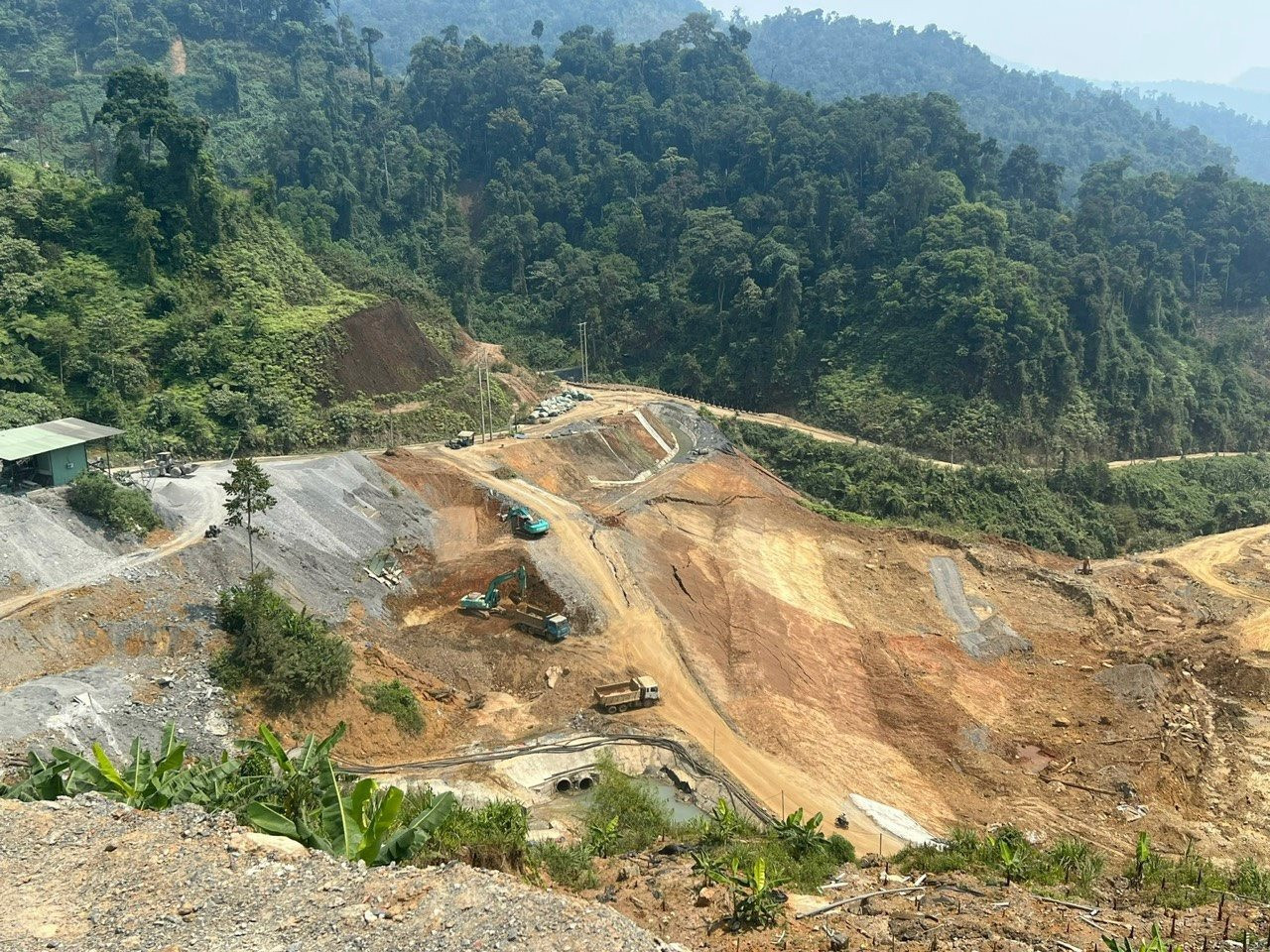
The Law on Minerals stipulates the implementation of a mechanism for “socialization” of basic geological surveys of minerals so that enterprises can contribute capital to carry out mineral survey and assessment tasks. To date, 25 mineral survey and assessment projects under the planning approved by the Prime Minister have been implemented by enterprises contributing capital.
PV: In your opinion, what are the shortcomings of the current Law on Minerals related to geology that need to be amended and supplemented?
Mr. Tran Binh Trong: Geological investigation activities include basic geological investigation and basic geological investigation of geological resources (mineral resources are a type of geological resource).
The 1996 Mineral Law and the 2010 Mineral Law only regulate basic geological surveys of mineral resources, not basic geological surveys. The 1996 Mineral Law only mentions the concept of basic geological surveys without specific regulations, and the 2010 Mineral Law does not include basic geological surveys within the scope of the Law.
Current basic geological investigation activities are mainly based on regulations in Government decrees, decisions of the Prime Minister, circulars of the Minister and national technical regulations, so the legality of these regulations is not high. In addition, in geological investigation activities, there are still many contents that do not have specific regulations, and a complete and synchronous legal corridor has not been formed to uniformly manage geological investigation work nationwide, creating a basis for geological investigation activities carried out by ministries, branches and localities nationwide to be integrated, connected and effective.
PV: In the process of drafting the Law on Geology and Minerals, what new contents related to geology has the Vietnam Geological Survey included in the Draft to resolve the above shortcomings, sir?
Mr. Tran Binh Trong: In order to improve the effectiveness of state management and strengthen the work of basic geological surveys and basic geological surveys of minerals, the Draft Law on Geology and Minerals has added many new regulations, and at the same time specified many other related contents, in which most of the contents are regulated for the first time in a legal document. The geological contents regulated in the Draft Law on Geology and Minerals have closely followed and institutionalized the policy orientations in Resolution No. 10-NQ/TW dated February 10, 2022 of the Politburo on strategic orientations of geology, minerals and mining industry to 2030, with a vision to 2045.
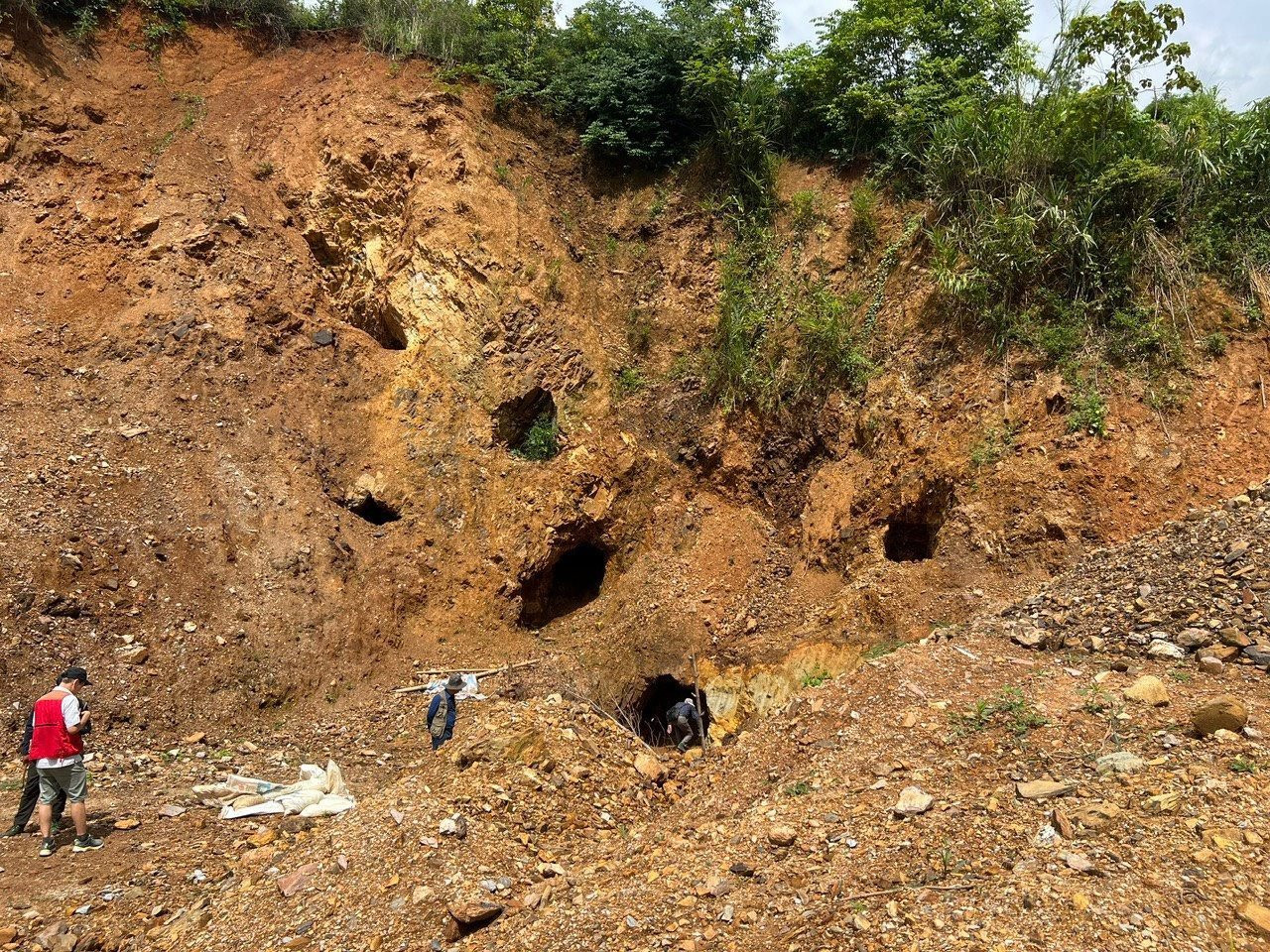
Some basic new contents institutionalized in the Draft Law on Geology and Minerals include: Clarifying the concept of geological resources, including renewable geological resources, geothermal resources, geological sites, heritages, and geological disasters; Specifying the content of geological strategies and more specific regulations on the content of planning for basic geological and mineral surveys.
At the same time, clearly define the content and principles: basic geological investigation, basic geological investigation of mineral resources, basic investigation of geothermal resources, basic investigation of renewable geological resources...; investigation, delimitation, mapping of geological sites, geological heritage, positional resources; investigation of engineering geology, urban geology; investigation of other geological conditions, including investigation and mapping of underground space.
Some basic new contents institutionalized in the Draft Law on Geology and Minerals include: Clarifying the concept of geological resources, including renewable geological resources, geothermal resources, geological sites, heritages, and geological disasters; Specifying the content of geological strategies and more specific regulations on the content of planning for basic geological and mineral surveys.
In addition, improve the effectiveness of state management of geological surveys through regulating the registration of basic geological survey activities, the rights and obligations of organizations conducting basic geological surveys, and basic geological surveys of mineral resources; more clearly stipulate the principles of investment participation, the selection of organizations and individuals participating in investment in basic geological surveys of mineral resources; and the rights and obligations of organizations and individuals participating in investment.
Along with that, regulations on information systems, basic geological and mineral survey data; principles for determining reimbursement of basic geological and mineral survey costs and mineral exploration invested by the State.
In addition, regulations on specialized inspection work on geology, state management responsibilities of the Government, Prime Minister, ministries, ministerial-level agencies and local authorities at all levels.
The above provisions will create an important legal basis to improve the effectiveness of state management and the efficiency of geological investigation work, overcoming the shortcomings and inadequacies in this work in the past.
PV: Thank you very much!
Source



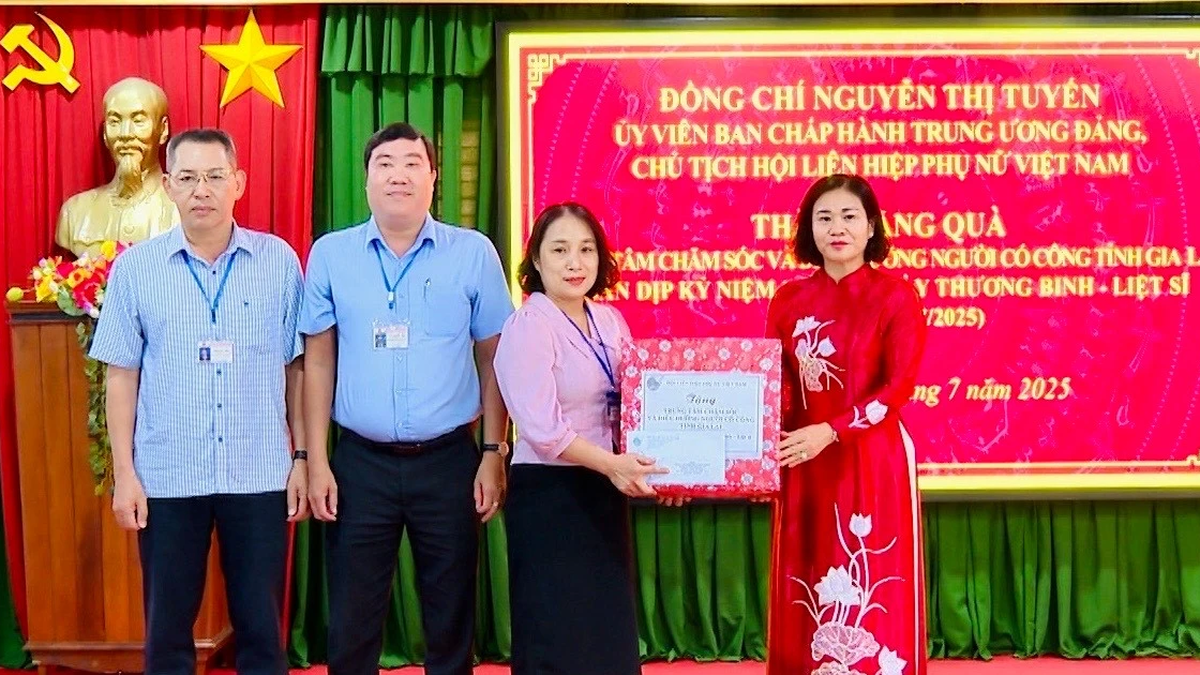
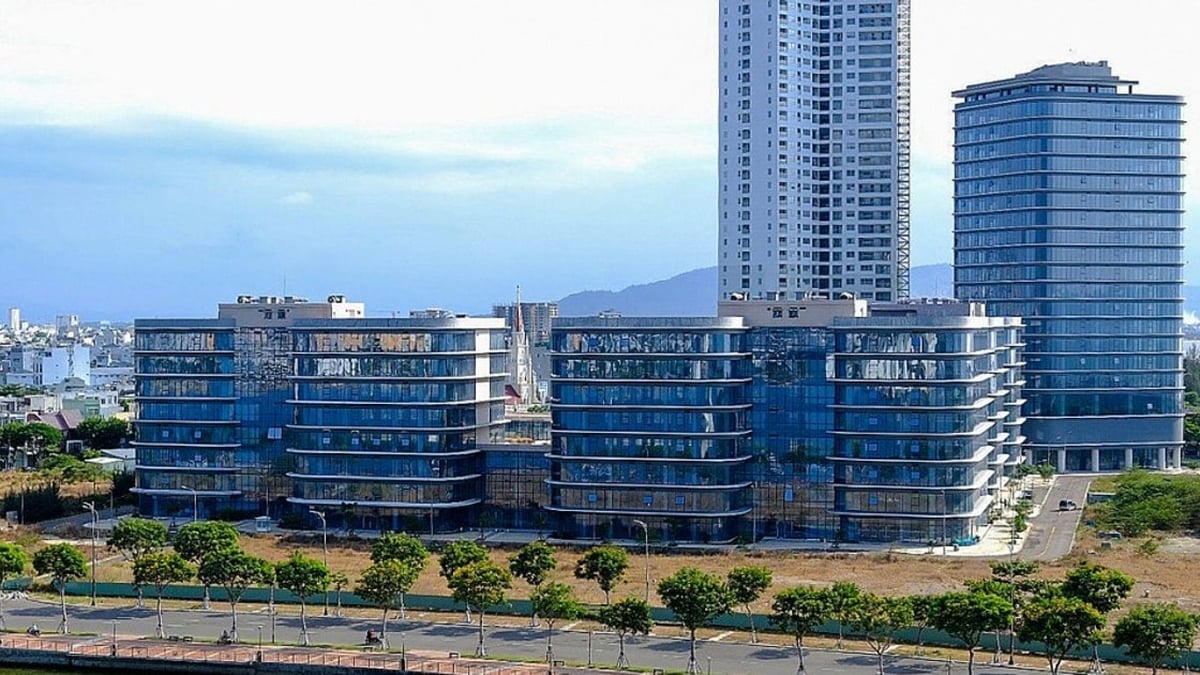
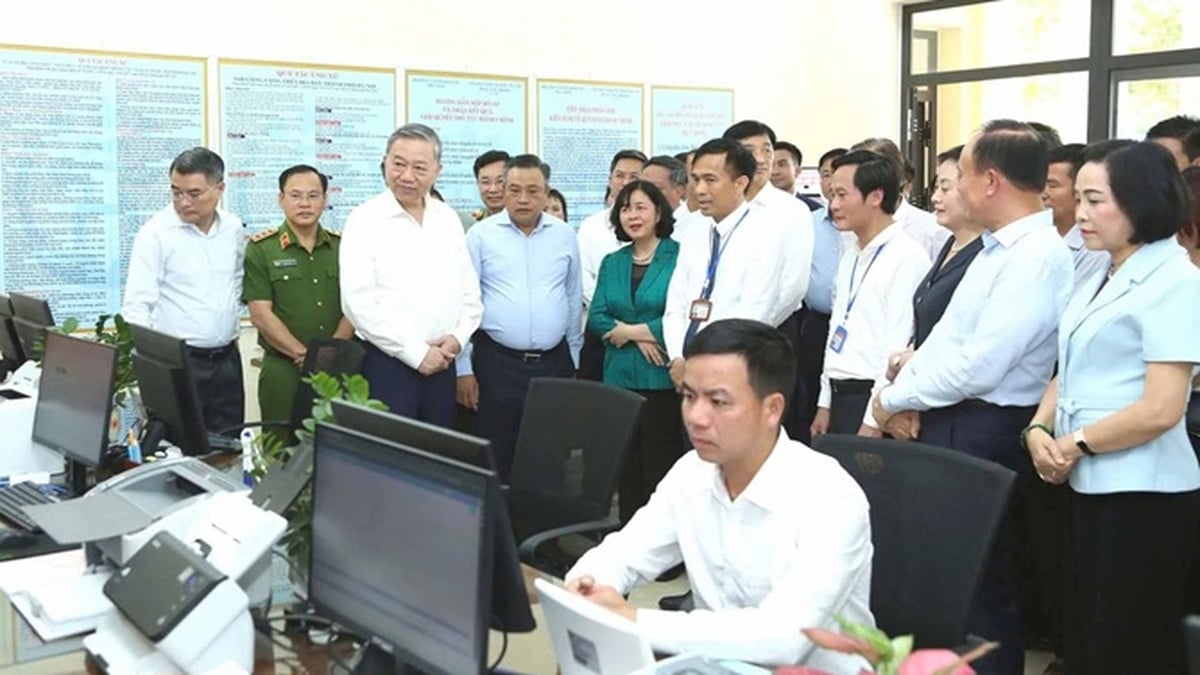
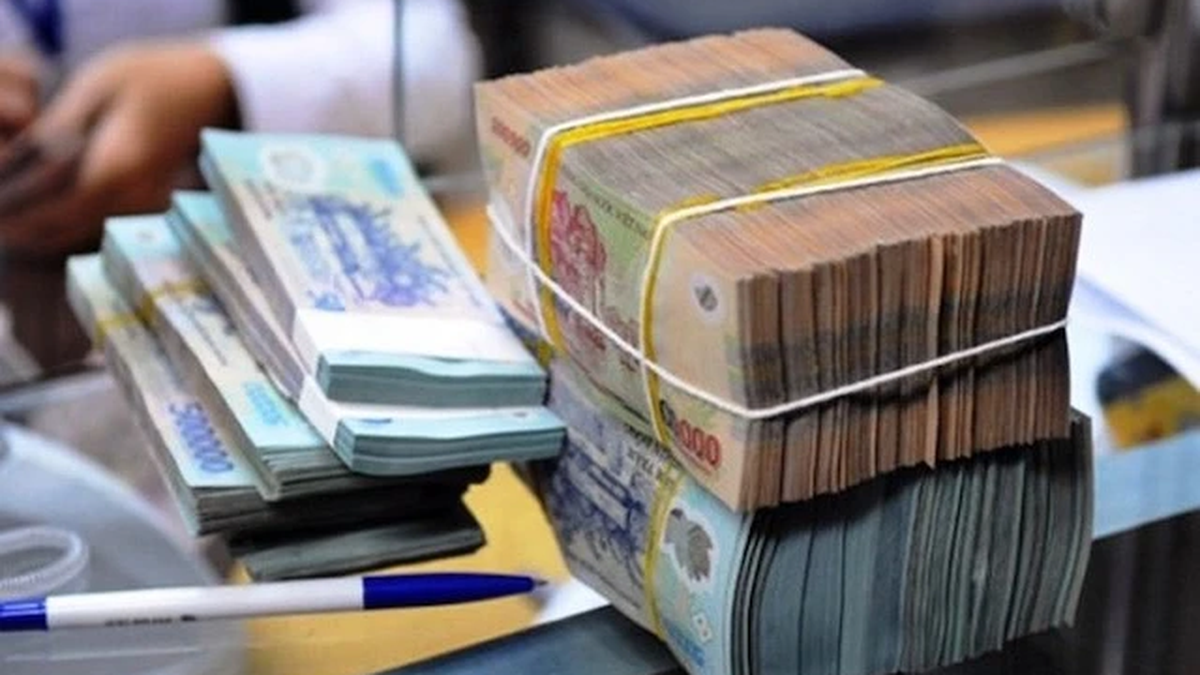




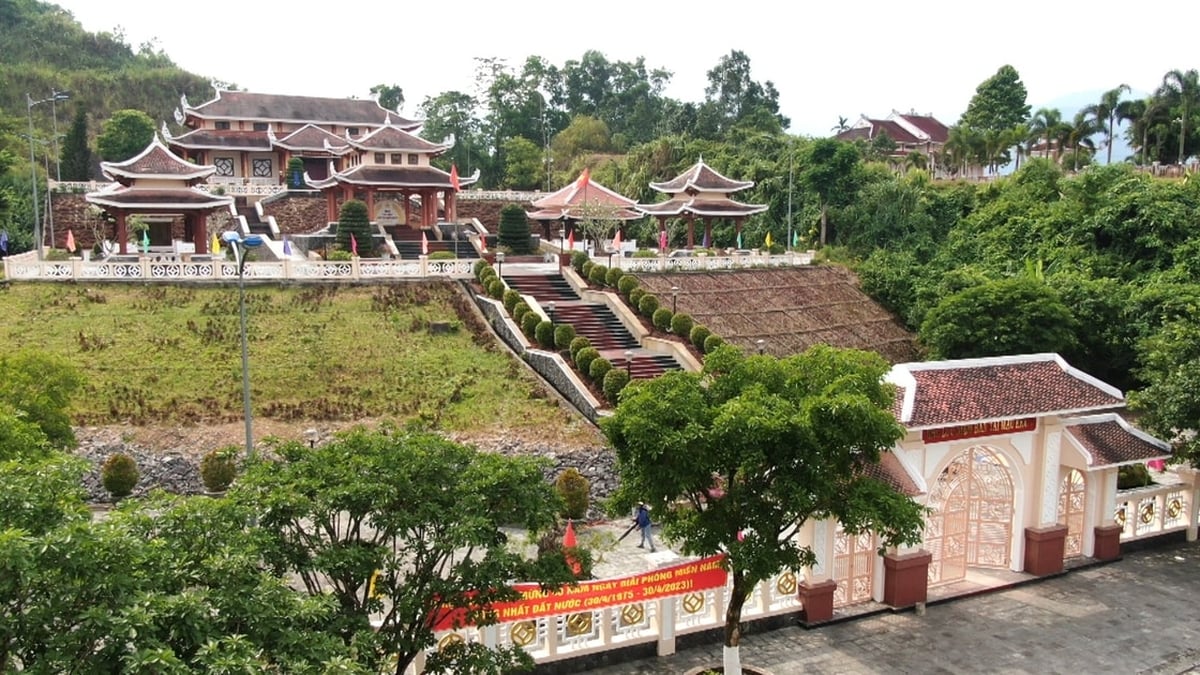
















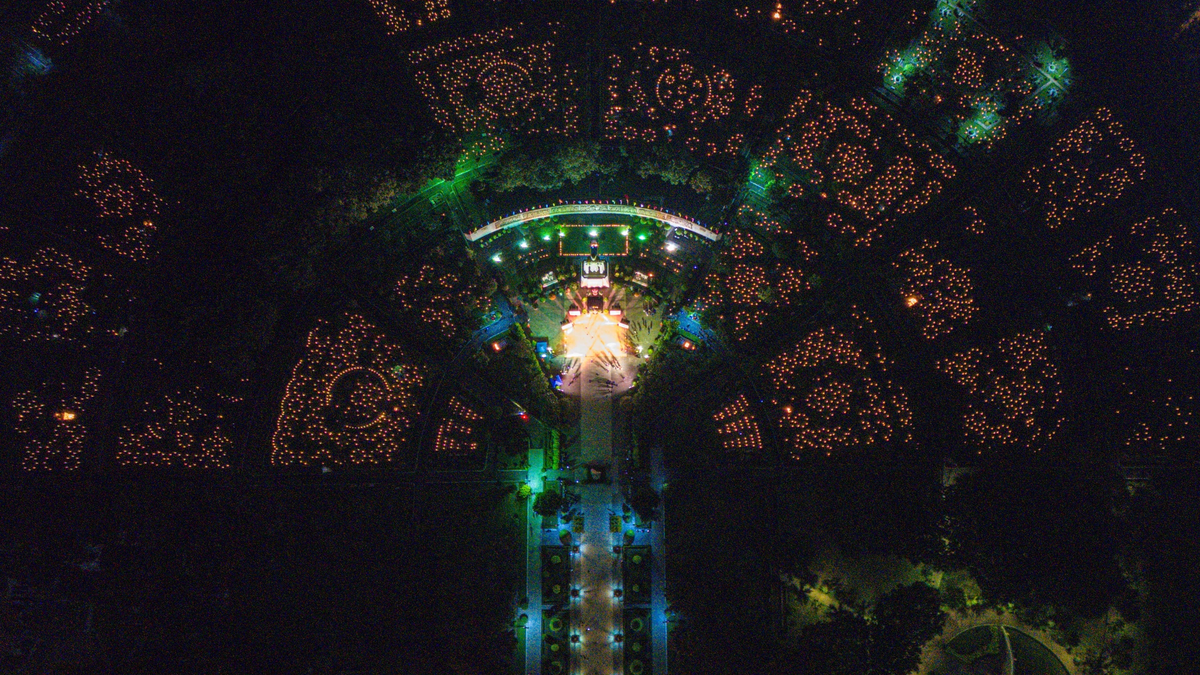
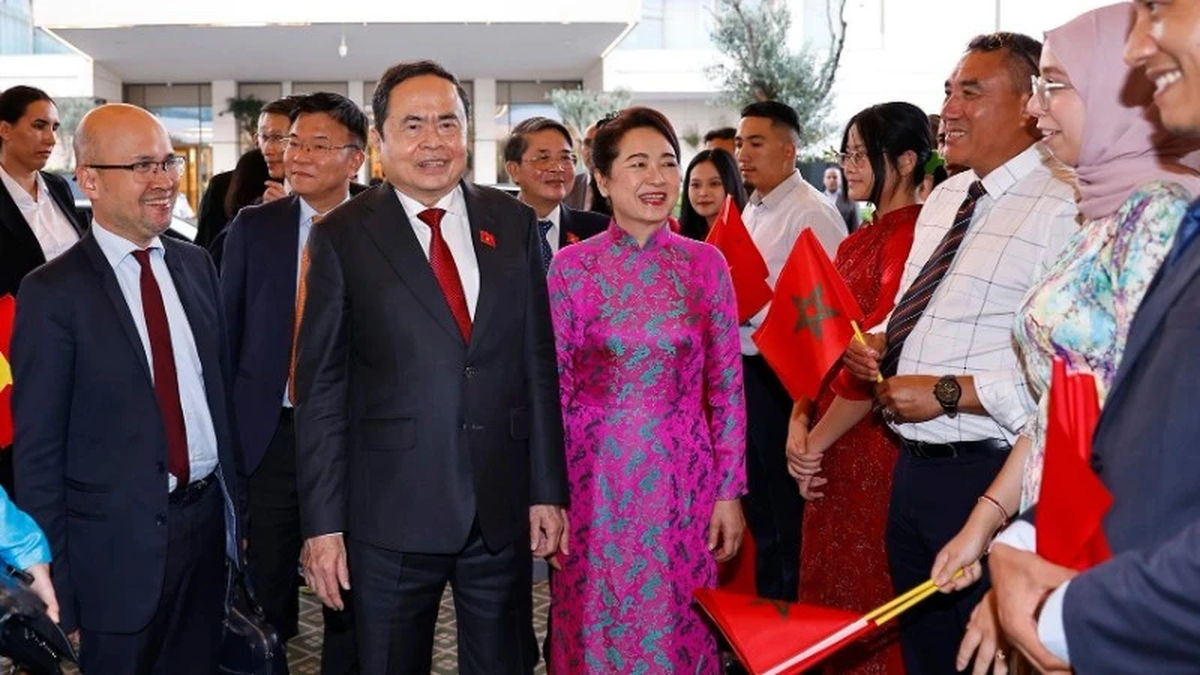


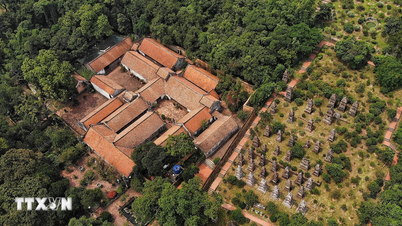





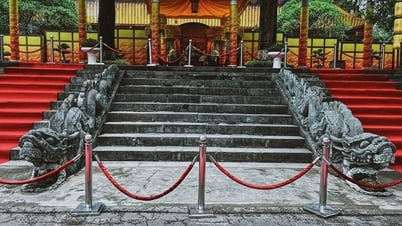



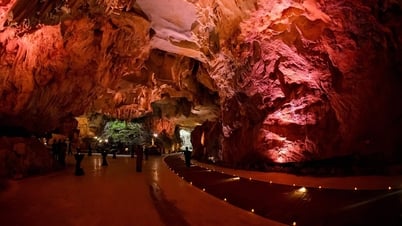


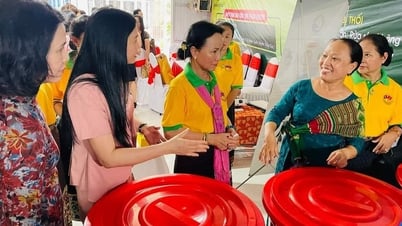


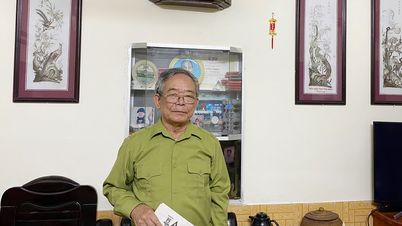

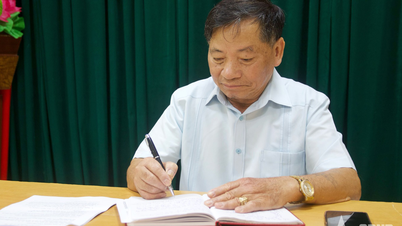


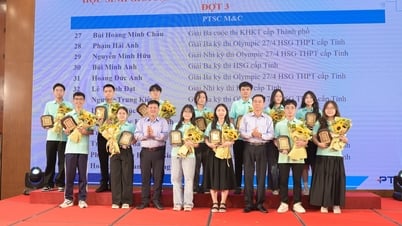

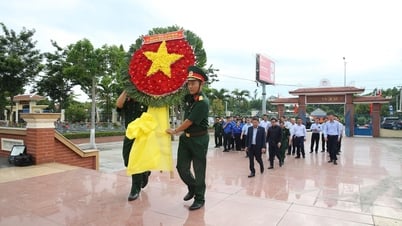





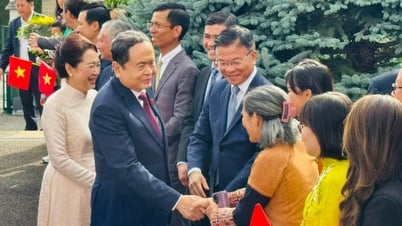







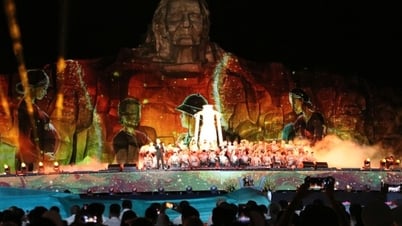


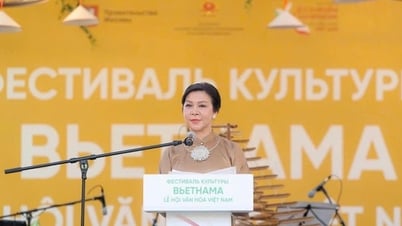


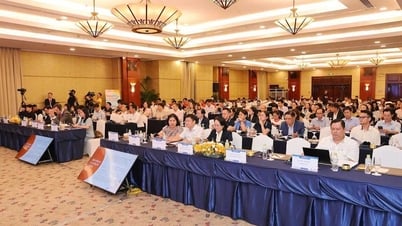
























Comment (0)